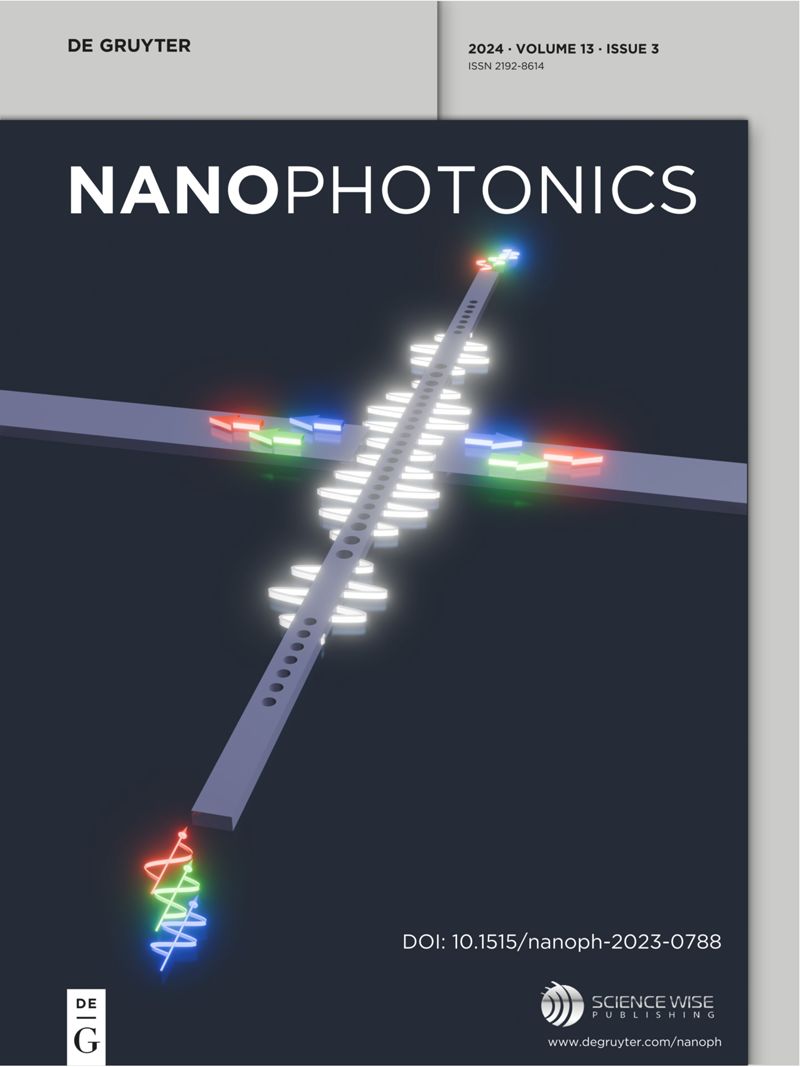New opportunities for creating quantum states of light and matter with intense laser fields
IF 6.5
2区 物理与天体物理
Q1 MATERIALS SCIENCE, MULTIDISCIPLINARY
引用次数: 0
Abstract
Nonlinear dynamics provide an indispensable resource for creating quantum states of light, as well as other bosonic systems. Seminal work using second- and third-order nonlinear optical crystals, cavity quantum electrodynamics, and superconducting circuits, have enabled generating squeezed states, as well as various non-Gaussian quantum states (e.g., single photons, cat states) at both infrared and microwave frequencies. Nevertheless, it remains challenging to generate quantum states of light in broad portions of the electromagnetic spectrum: for example, at terahertz frequencies and at ultraviolet and X-ray frequencies. In this Perspective, I discuss a variety of emerging material platforms, as well as emerging theoretical and experimental tools, which enable overcoming these challenges. The main argument of this Perspective is that advances in driving nonlinear dynamics of material excitations, will enable generating quantum states of these material excitations as well as quantum states of light at new frequency ranges. I will further argue that in order to realize much of the promise of this nascent field, there is a need for innovation in the laser systems used to drive these nonlinear dynamics: specifically, innovations in realizing high-power laser sources that have very low noise, having quantum statistics similar to coherent states of light which describe lower intensity laser systems. I will highlight some experimental and theoretical work, in understanding quantum noise dynamics in complex laser systems, that can address these challenges.求助全文
约1分钟内获得全文
求助全文
来源期刊

Nanophotonics
NANOSCIENCE & NANOTECHNOLOGY-MATERIALS SCIENCE, MULTIDISCIPLINARY
CiteScore
13.50
自引率
6.70%
发文量
358
审稿时长
7 weeks
期刊介绍:
Nanophotonics, published in collaboration with Sciencewise, is a prestigious journal that showcases recent international research results, notable advancements in the field, and innovative applications. It is regarded as one of the leading publications in the realm of nanophotonics and encompasses a range of article types including research articles, selectively invited reviews, letters, and perspectives.
The journal specifically delves into the study of photon interaction with nano-structures, such as carbon nano-tubes, nano metal particles, nano crystals, semiconductor nano dots, photonic crystals, tissue, and DNA. It offers comprehensive coverage of the most up-to-date discoveries, making it an essential resource for physicists, engineers, and material scientists.
 求助内容:
求助内容: 应助结果提醒方式:
应助结果提醒方式:


